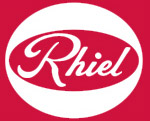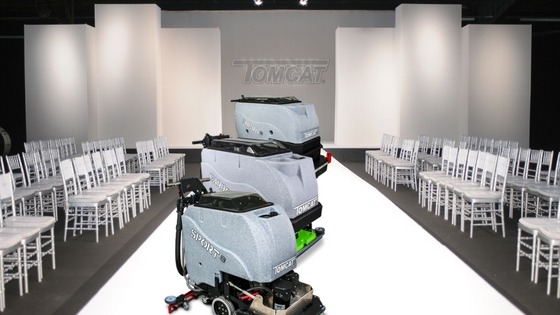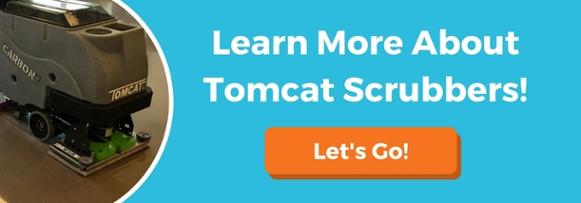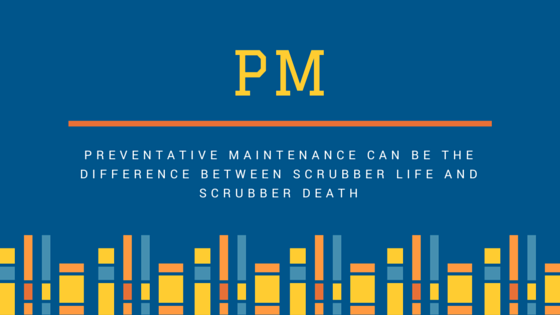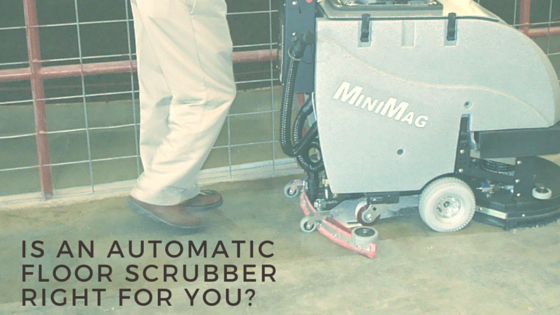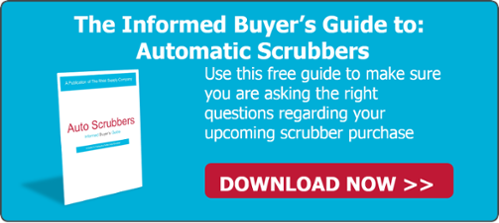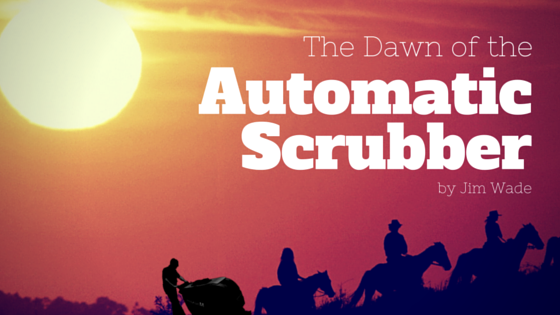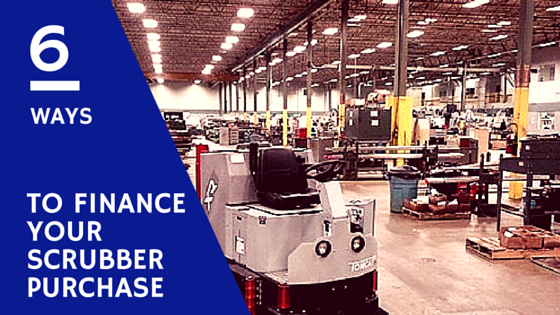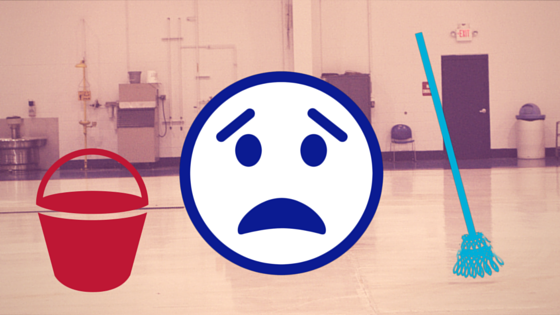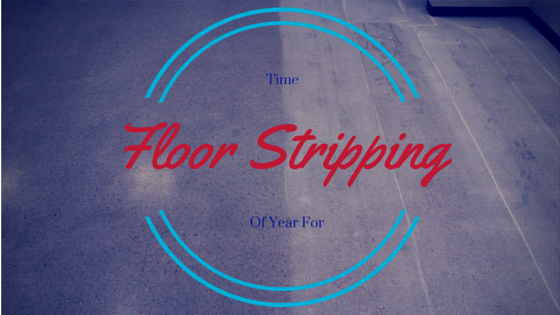How to Choose a Qualified Floor Scrubber Distributor
Here are 7 questions you should be asking your self when deciding where to purchase your next automatic floor scrubber. All too often people buy their equipment and then are left out in the cold when any issue arise.
Do they know Floors?
It sometimes seems like modern architects and flooring manufacturers are going out of their way to develop new types of flooring surfaces just because they can. These floors can be marketed as never having to be cleaned or maintained. They will last forever and never get dirty. They may have smooth or textured surfaces, anti-slip coatings and they can pose tremendous problems for the facility that chooses to install them. If you are purchasing an Automatic Scrubber make sure you purchase one from a company that has been educated and certified on the cleaning processes needed to clean the specific floors in your facility.
Floor Pads, Brushes and Chemicals?
Floor pads, Brushes and chemical play a crucial part in the results you will see from your scrubber. Which pad or brush to use is critical in getting the cleaning results you want. Make sure the differences are made clear and the type of pad or brush recommended will work in your application. Chemical can be even more critical. The wrong cleaning chemical will not give you the results you want and may even damage your floor. The wrong chemical can leave residue, make the floor tacky, attract dirt instead of cleaning and ruin the overall appearance. The wrong chemical may even chemically burn your floor and do irreparable damage. Make sure your distributor knows which cleaning chemical works best in the scrubber with your floor surface and will give you the results you want.
Knowledgeable Sales People?
Do the salespeople have a good overall knowledge of what an automatic floor scrubber is supposed to do and how they operate? Do they know the nuts and bolts? Do they know the machine operation? Make sure you are talking with a representative that knows how the equipment will react with the floor surface, chemicals, brushes and what results to expect. The rep should have your best interest in mind, work towards meeting your expectations and not just try to sell you what they have.
Parts, Service, Warranty Support?
Many Janitorial Supply Distributors that sell equipment do not service what they sell. They use sub-contractors to service their sold equipment. This causes extended downtime, warranty issues because the contractor may not be a warranty certified company, and parts availability issues. Just because a person can turn a wrench does not mean they are certified to buy parts or service specific pieces of equipment. Long term support is critical. Anyone can sell you a scrubber but who will be there in 5 years to repair it when the time comes.
Parts Inventory, Quick Turnaround?
Does the distributor you are talking to have a well-stocked parts department. You will experience extended downtime if parts have to be ordered every time they repair a machine. Make sure the parts inventory reflects the number of machines they have sold and they are able to support sold machines quickly and efficiently.
Road Tech, Not just In House Service?
You don’t want to have your scrubber picked up and brought back for repair every time your machine needs routine maintenance. Make sure routine maintenance and small repairs; even big repairs can be done at your facility. Every day you go without cleaning your floors, dirt accumulates and detracts from the image you are trying to present. Make sure your distributor can perform repairs quickly and easily at your facility so you don’t have to accept downtime and dirty floors.
Training?
Finally, Make sure equipment training is provided with your purchase. Training should include machine operator training, brush and pad usage, and chemical usage. It should also include daily, weekly and monthly maintenance schedules, battery inspections, control issues, and cleaning techniques. Training should be on going and be provided for as long as you own the machine.
If you have any questions about how to go about looking for an Automatic Floor Scrubber and where to buy one, contact us here at Rhiel Supply. We’ll be happy to guide you in the right direction.
[et_bloom_inline optin_id=optin_5]
